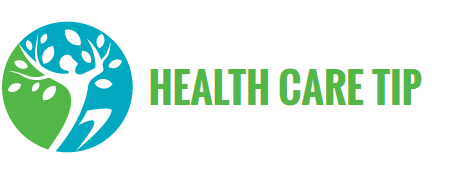Sight is one of the most delicate and valued senses in humans because it is the means we use to perceive the reality that surrounds us. Many adults with vision problems have to wear glasses or even have surgery to see more clearly. But it is not necessary to reach adulthood to worry about sight, children should also go to the ophthalmologist. Currently there are diagnostic methods adapted to the age of the baby and children in order to know what the state of their vision is like at different ages of development, without the need for the child to speak or collaborate.
Around this topic, many doubts and questions arise, which is why Lucía Mi Pediatra, a pediatric specialist and writer, and Dr. Carlos Laria, director of the Pediatric Ophthalmology and Strabismus Unit of Clínica Baviera , solve some of the insecurities and curiosities of parents.
Contents
When do babies start to see?
One of the most common doubts that first-time parents have is when they start to see babies and what degree of vision they have. Lucia My Pediatrician clarifies that the vision development process is progressive.
- At first babies only perceive lumps, lights and shadows
- At two months they are able to recognize the parents’ faces if they are very close and even smile
- At three months they can already perform a 180-degree visual tracking and follow us with our eyes if we move close to them.
- It is not until six or seven months of life when the child begins to perceive colors and depth with quality . However, visual maturation is not reached until six or eight years of age
Babies’ eye color
This is one of the first things parents pay attention to as soon as the child is born. There is no general rule about when a baby gets his final eye color, but it is an individual process, like the rate at which his hair grows.
Dr. Laria clarifies that “some acquire the color they will have for the rest of their life after six months, while others may take more than a year to define.”
How to act if the baby has a watery eye
It is quite frequent that, during the first months of the baby’s life, his eyes water. This is because many children have a blocked tear duct that connects to the nose. Then the tear produced by the eyes accumulates and can be a focus of infections, bladders and continuous tearing. During the first 6 months of life, this problem can be treated by washing and massaging the tear duct. If it does not resolve, the ophthalmologist can perform a simple surgical operation called “probing” to permeate the duct and prevent infection.
Legañas and glued eyes
Another very frequent problem is that children can get up one day with their eyes glued and full of gums. But Lucía Mi Pediatra insists that “conjunctivitis, despite being very annoying, does not usually entail any significant repercussions or serious consequences for the eyes.”
In this situation, he recommends washing the eye with saline and sterile gauze and avoiding home treatments, such as chamomile. It is necessary to go to the pediatrician for evaluation and to indicate an adequate antibiotic treatment, if necessary.
Is my baby cross-eyed?
Having the impression that newborns squint is very common and is often a cause for concern among parents. In the first three months of life, the visual system is immature and babies have a hard time focusing. Also, having such a small nose can give the impression of false squint. If the first few months have passed and an ocular deviation is still suspected, a specialist should be consulted.
When should the first review be done?
It is always advisable to carry out a review during the first year of life, since according to Doctor Laria, it will serve to detect any visual abnormality in the baby.
If we do not do a correct follow-up of the sight of children, it may happen that we do not detect any serious pathology, such as a congenital cataract or an ocular tumor that must be operated immediately
There are also other more frequent problems and that it is essential to start treating in the first months or years of life, when there is greater brain plasticity, such as lazy eye, strabismus or refractive problems.









